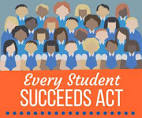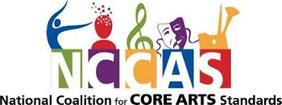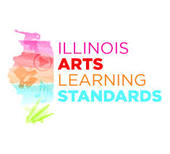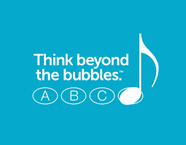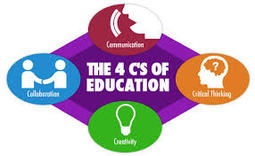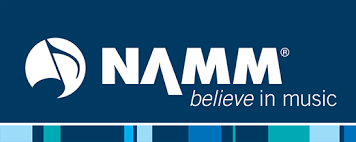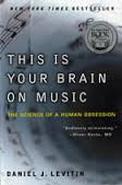MusicSpeaks
|
|
“Every student in the nation should have an education in the arts.” This is the opening statement of “The Value and Quality of Arts Education: A Statement of Principles,” a document from the nation’s ten most important educational organizations, including the American Association of School Administrators, the National Education Association, the National Parent Teacher Association, and the National School Boards Association.
|
National Standards and THE ESSA
Click the Logos above to learn about the standards and the law
Music Education and NeuroScience
Broaderminded: Beyond the BubblesMusic not only impacts academic achievement, it also shapes the way our students understand themselves and the world around them. Let's think beyond the bubbles™ and educate the whole student.Music not only impacts academic achievement, it also shapes the way our students understand themselves and the world around them. Let's think beyond the bubbles™ and educate the whole student.
|
Music and the BrainWhen you listen to music, multiple areas of your brain become engaged and active. But when you actually play an instrument, that activity becomes more like a full-body brain workout. What’s going on? Anita Collins explains the fireworks that go off in musicians’ brains when they play, and examines some of the long-term positive effects of this mental workout.
|
What is Happening in the Music Classroom
Music Learning Theory is an explanation of how we learn when we learn music. Based on an extensive body of research and practical field testing by Edwin E. Gordon and others, Music Learning Theory is a comprehensive method for teaching Audiation, Gordon’s term for the ability to think music in the mind with understanding. Click the Logo above to learn how these skill apply to deep learning and comprehension across the learning landscape
Executive Functioning
Executive functions are a set of cognitive processes – including attentional control, inhibitory control, working memory, and cognitive flexibility, as well as reasoning, problem solving, and planning.
Music Education and 21st Century Skills
P21's Framework for 21st Century Learning was developed with input from teachers, education experts, and business leaders to define and illustrate the skills and knowledge students need to succeed in work, life and citizenship, as well as the support systems necessary for 21st century learning outcomes. It has been used by thousands of educators and hundreds of schools in the U.S. and abroad to put 21st century skills at the center of learning. Click the Logo below to see how Music education fits into this framework.
